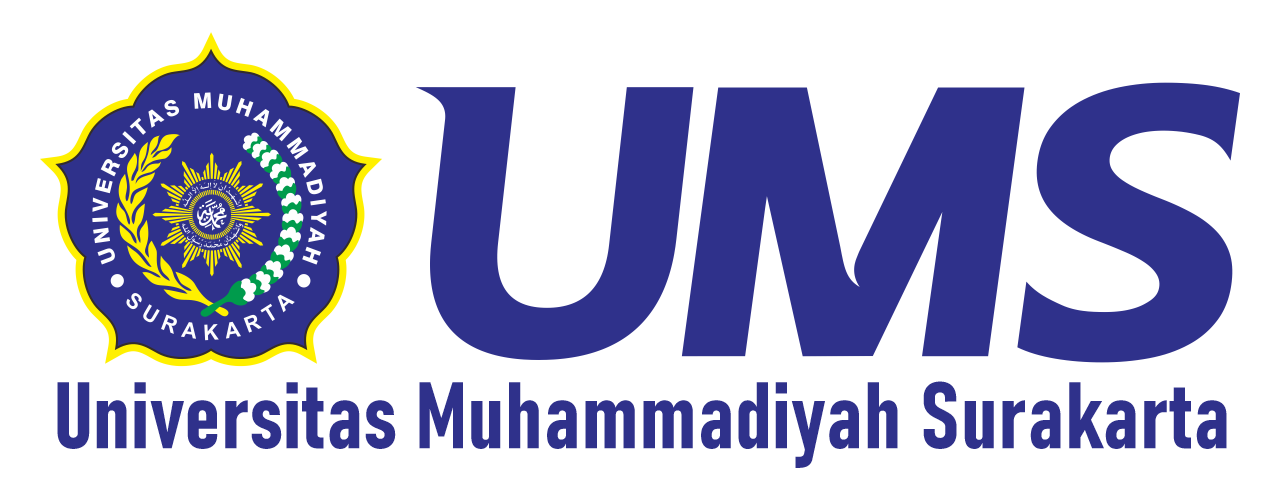Logotherapy as a Strategy to Enhance Self-Esteem in Individuals with Disabilities
DOI:
https://doi.org/10.23917/ajip.v2i1.8818Keywords:
Logotherapy, Self-esteem, DisabilitiesAbstract
Self-esteem is a crucial aspect of mental health, often posing challenges for individuals with disabilities. Logotherapy is an effective interventions that can be used to enhance self-esteem, particularly for those who facing physical or psychological limitations. This study aims to evaluate the application of logotherapy in improving self-esteem among individuals with disabilities. This research is a case study approach with a respondent at the Sentra Terpadu “Prof. Dr. Soeharso” Surakarta. Data collection methods included interviews, observations, psychological testing (DAP, BAUM, HTP, Wartegg, SSCT), and self-esteem measurement using the RSES scale. The findings indicate that logotherapy can facilitate positive changes for the respondent, particularly by enhancing self-esteem. Furthermore, the presence of a supportive social environment and appropriate therapeutic interventions reinforces the positive effects of logotherapy. However, potential risks, such as social stigma, must be addressed through psychoeducation to promote broader community awareness and support the empowerment of individuals with disabilities in their social contexts.
Downloads
References
Agustina, M., & Isriyanto, R. (2023). Effective Logotherapy Improves Coping Ability in Low Self-Esteem Patients. Journal of Complementary Nursing, 2(2), 152-157.
Ali, A., King, M., Strydom, A., & Hassiotis, A. (2012). Self-esteem in people with intellectual disabilities: A systematic review. Research in Developmental Disabilities, 33(3), 715-730.
Badan Pusat Statistik. (2022). Jumlah Penduduk Berumur 5 Tahun ke Atas yang Mengalami Kesulitan Mengurus Diri Sendiri menurut Kelompok Umur, Daerah Perkotaan/Perdesaan, Jenis Kelamin, dan Sebab Kesulitan Mengurus Diri Sendiri, INDONESIA, 2022. https://sensus.bps.go.id/topik/tabular/sp2022/153/0/0
Bastaman, H. D. 2007. Logoterapi Psikologi Untuk Menemukan Makna Hidup, (Jakarta : Rajawali Press, 2007)
Baumeister, R. F., Campbell, J. D., Krueger, J. I., & Vohs, K. D. (2003). Does high self-esteem cause better performance, interpersonal success, happiness, or healthier lifestyles? Psychological Science in the Public Interest, 4, 1–44. https://doi.org/10.1111/1529-1006.01431
Buck, J. N. (1948). The H-T-P Technique: A Qualitative and Quantitative Scoring Manual. Los Angeles: Western Psychological Services.
Diadiningrum, J. R., & Yudiarso, A. (2022). Logotherapy is effective in increasing self-esteem, but caution is needed: A meta-analytic study. MEDIAPSI, 8(2), 95-102.
Frankl, V. E. (2004). Logoterapi: Terapi Psikologi Melalui Pemaknaan Eksistensi. Terjemahan M. Murtadlo (Yogyakarta: Penerbit Kreasi Wacana
Frankl, V. E. (2011). The unheard cry for meaning. Simon and Schuster.
Golshan, A., Zargham Hajebi, M., & Sobhi Gharamaleki, N. (2019). The effect of Logotherapy group training on changes of depression, self-esteem and intimacy attitudes in physically disabled women. Iranian Journal of Health Psychology, 2(2), 101-112.
International Labour Organization. (2016). Inklusi Penyandang Disabilitas di Indonesia. Indonesia: ILO
Jung, Yun Hwa, Soo Hyun Kang, Eun-Cheol Park, and Suk-Yong Jang. 2022. "Impact of the Acceptance of Disability on Self-Esteem among Adults with Disabilities: A Four-Year Follow-Up Study" International Journal of Environmental Research and Public Health 19, no. 7: 3874. https://doi.org/10.3390/ijerph19073874
Kinget, M. (1952). Drawing Completion Test: A Projective Technique. New York: Grune & Stratton.
Koch, K. (1952). Der Baum-Test: Der Baumzeichentest als psychodiagnostisches Hilfsmittel. Bern: Huber.
Lewis, M. H. (2011). Defiant power: An overview of Viktor Frankl’s logotherapy and existential analysis. Defiant Power Solutions.
Liu Y, Xu W, Liu S, Song Y, Li L, Li S and Chen H (2024) Inferiority feelings mediate the impact of subjective social support on anxiety/depression symptoms in individuals with physical disabilities. Front. Public Health. 12:1417940. doi: 10.3389/fpubh.2024.1417940
Machover, K. (1949). Personality Projection in the Drawing of the Human Figure. Springfield, IL: Charles C. Thomas.
Miles, M. B., Huberman, A. M., & Saldaña, J. (2019). Qualitative Data Analysis: A Methods Sourcebook (4th ed.). SAGE Publications
Mirmohammadi, F., Pourmohamadreza-Tajrishi, M., Dolatshahi, B., & Bakhshi, E. (2022). The effectiveness of acceptance and commitment group therapy on the self-esteem of girls with visual impairment. Archives of Rehabilitation, 22(4), 462-481.
Moein, L., & Houshyar, F. (2015). The Effect of Logotherapy on Improving Self-Esteem and Adjustment in Physically Disabled People. Education Sciences & Psychology, 37(5).
Molero, F., Recio, P., García-Ael, C., & Pérez-Garín, D. (2019). Consequences of perceived personal and group discrimination against people with physical disabilities. Rehabilitation Psychology, 64(2), 212.
Moon, J. Y., & Kim, J. H. (2021). Association between self-esteem and efficacy and mental health in people with disabilities. Plos one, 16(10), e0257943
Muhammad Suhaimi Bin Azizan, S. (2021). Logoterapi Dalam Meningkatkan Kebermaknaan Hidup Di Tinjau Menurut Konseling Islam (Doctoral dissertation, UIN Ar Raniry).
Mulyani, K., Sahrul, M. S., & Ramdoni, A. (2022). Ragam diskriminasi penyandang disabilitas fisik tunggal dalam dunia kerja. KHIDMAT SOSIAL: Journal of Social Work and Social Services, 3(1), 11-20.
Nemček, D., Labudová, J., & Oršulová, N. (2014). Self-esteem in people with disabilities. Acta Facultatis Educationis physicae Universitatis Comenianae, 54(2), 33-42.
Ningsi, N. W., Zulkifli, A., & Saleh, L. M. (2019). The effect of logotherapy toward the self-esteem of leprosy patients at Tadjuddin Chalid Hospital in Makassar City. Age (years), 25(35), 36-45.
Orth, U., & Robins, R. W. (2013). Understanding the link between low self-esteem and depression. Current directions in psychological science, 22(6), 455-460.
Rosenberg, M. (1965). Society and the Adolescent Self-Image. Princeton Legacy Library. Princeton University Press.
Rotter, J. B., & Rafferty, J. E. (1950). The Rotter Incomplete Sentence Blank: Manual. New York: Psychological Corporation.
Sacks, J. M., & Levy, S. (1950). The Sentence Completion Test. In L. E. Abt & L. Bellak (Eds.), Projective psychology: Clinical approaches to the total personality (pp. 357–402). Alfred A. Knopf. https://doi.org/10.1037/11452-011
Setyaningrum, D., & Anganthi, N. R. N. (2020). Logotherapy to Increase Self Esteem of Patient With Paraparese Inferiors. International Journal of Psychosocial Rehabilitation, 24(1).
World Health Organization. (2023, 7th March). Disablity. https://www.who.int/news-room/fact-sheets/detail/disability-and-health
Downloads
Submitted
Accepted
Published
How to Cite
Issue
Section
License
Copyright (c) 2025 Fiska Puspa Arinda, Muhammad Miftahul Huda

This work is licensed under a Creative Commons Attribution 4.0 International License.








